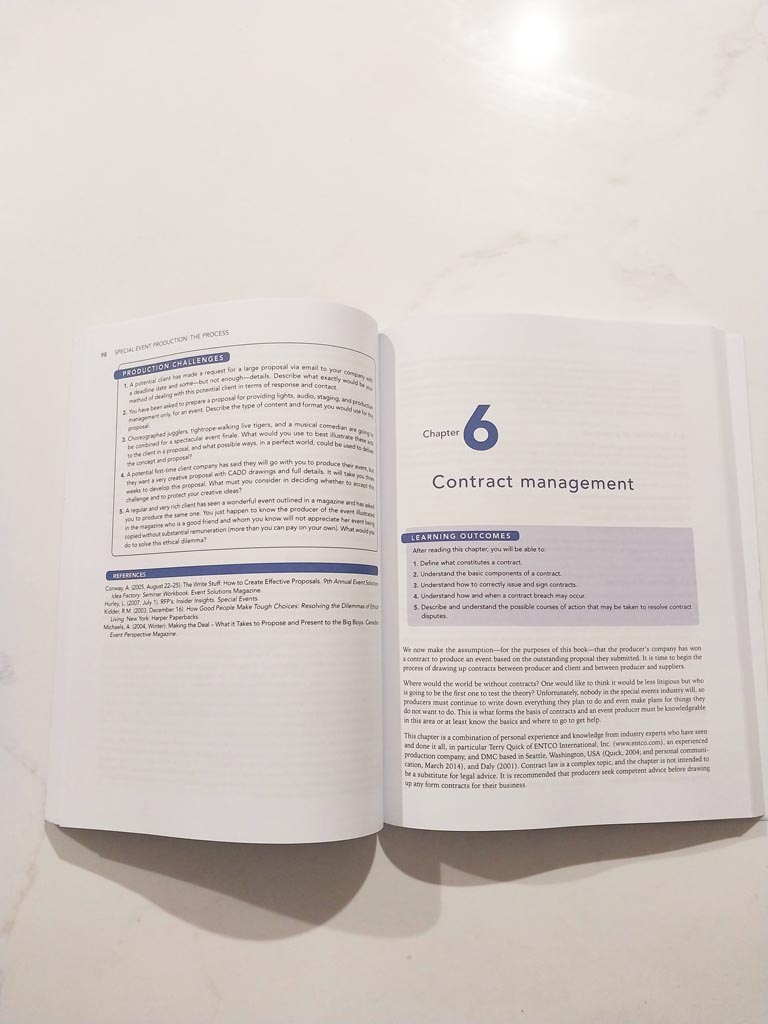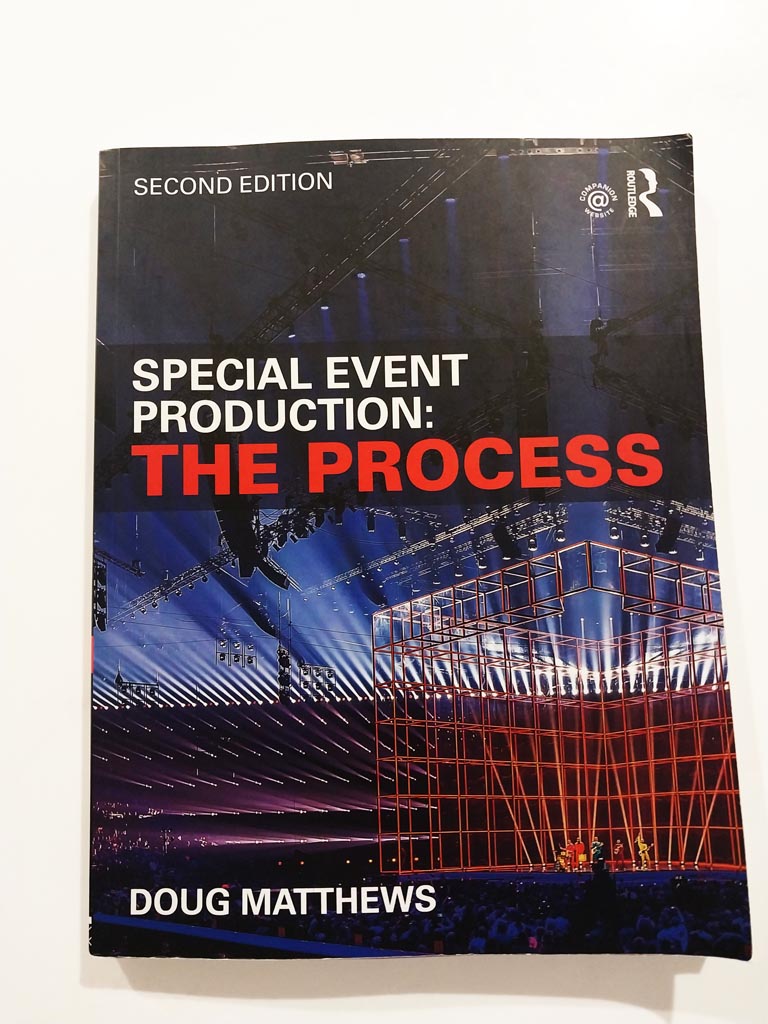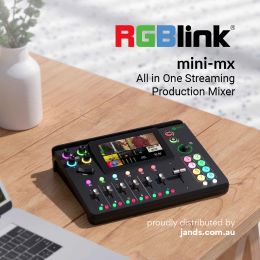Subscribe to CX E-News
- Author: Doug Mathews
- Number of Pages: 256
- Release Date: 2015
- Cost: $103.06 – Amazon
“A successful event sends a message to the audience in a manner that engages them at an emotional level.”
About the book
Special Event Production: The Process, by Doug Mathews is the first of a two book series covering the Special Events Industry. Written as a 12-chapter textbook, it serves to analyse the process of Special Event Production. We are only covering the first book in this review. The second book, Special Event Production: The Resources, goes more into more depth on the technical aspects.
Special Event Production: The Process is a rather dense read, focusing on how a special event comes together. It introduces the pieces of the puzzle, how they relate and work together to create a seamless and memorable event.
What the book does well is offer an approach to producing special events and handling their various elements. A few of the topics the book covers include the following:
Event Design – Emphasis is given to approaching event production through a marketing lens: “The producer must design the event to sell the owner’s message to the audience using the raw materials at their disposal.” Approaching event design from a marketing standpoint has numerous advantages and keeps you in touch with the big picture.
Budgeting – “It assists an event manager in keeping control of an event.” The approach to budgeting is to effectively treat each event like its own business, with return on investment (ROI) and an eye to making money front and centre.
Proposals – “A winning proposal covers all the bases: it is creative, it matches the client’s vision and goals, it is unique in presentation, it is timely; and it fits the clients budget.” The book dives into proposals, how to present them and how to approach them to win business.
Contract management – “A verbal or oral contract is too confusing and is hard to enforce if there is a dispute.” Staying on top of your contracts will help you manage the deliverables of the event and the expectations of your client. “There are two main types of contracts involving producers; those between the producer and the client, and those between the producer and suppliers.”
Risk management – “Clients and audiences demand increasingly spectacular events and they usually carry correspondingly more risk.”
Operating in an industry that doesn’t really fit the mold of any typical occupation means that a lot of adaption and improvising has to take place. The book also spans out past operational risk, delving into areas such as legal, financial and intellectual property risk management. “Insurance in its different forms is one of the most effective controls to transfer and diminish risk amongst the members of the event and production team.”
Production management – The production manager and team is responsible for tying all the pieces together. “Production management, also occasionally called technical direction, is the task of integrating all the technical – and many non-technical – event elements.”
Post-event follow up – “What happens after an event is over can be critical to decisions to hold similar events in the future.” Getting appropriate feedback at an appropriate time from the client as well as suppliers gives you the tools and information you need to improve for next time.
Many more topics are covered in this book. It includes interviews, anecdotes, and templates. It also includes a full list of references at the end of each chapter and a companion website with online resources from the book.

Who is the book for?
This book is for event producers, event managers, event co-ordinators, students of the industry, or anyone wishing to create or be involved in large scale special events. It covers event production from many angles, including how to make a living producing special events. “Producers can earn income either as contractors or as employees. As an employee, a producer does not have to be concerned with profit. However, as an independent contractor, there are two methods that are most often used to obtain a profit: the supplier mark-up method and the hourly fee method.”
Who might also benefit from reading this book?
Although the book is not written for them specifically, venue managers, production managers/co-ordinators, technical managers/ directors would find a copy of this book useful. This book would also be useful for anyone involved or who would like to be involved in the pre-production planning stages.
Who is this book not for?
The book covers more of the pre-production elements of an event. It wouldn’t suit technical set up crew, operators or those who show up on the day and make the whole thing happen.
What I liked about the book
Although the book is written as a textbook, it is not an academic publication of the special events industry. The author practices what he preaches, and this is evident in the writing and the examples given. One thing I really did like was the 250 point master check list at the end.
How I think the book could have been better
As a reference book that speaks a lot about pre-production, it would have been good to see a few more templates in the appendices. A checklist at the end of each chapter would have been good too, to really enforce the concept of ‘The Process’. With that said, the ones they did have in the book were fantastic, and I would have loved to have seen more.
Verdict
It’s a textbook and reads as such. It’s not a novel to be read cover to cover in a couple of sittings (although that’s what I did). It works best a resource or reference book.
Regardless of what discipline you work in having, reference books on hand is a must for anyone wishing to grow, improve and stay relevant in today’s ever changing environment.
This book is well organised, well written, and is a must have for any event producer, event manager, student of the industry, or anyone wishing to be an event producer or event manager.

About the author
“A writer and award-winning special event producer based in Vancouver, Canada, Doug Mathews is the author of five textbooks on how to create special events full of emotion.”
Ratings
Readability/Structure = 7/10
Well-structured and laid out. Not too many breakout boxes but enough to keep you engaged. A tad dry for a book about creating events that evoke emotion, but it passes.
Supporting materials = 7/10
Plenty of citations for those wishing to know more. Appendices hold a wealth of information. Companion website well worth visiting. Photos relevant to text but they didn’t do much on their own.
Relevance = 8/10
Foundations and fundamentals of special event production are largely the same in Australia and in North America. Once you start diving into specifics and technicalities of subjects like contract law, OH&S and taxation you start to get a few discrepancies, which is to be expected.
Usefulness = 9/10
A great resource to have handy for future reference.
Value for money = 6/10
Whilst a great book and still largely relevant, it is an eight-year-old paperback book with just over 250 pages selling at over $100. It’s also the first book of a two part series.
Overall
37/50 = 4 Stars
Subscribe
Published monthly since 1991, our famous AV industry magazine is free for download or pay for print. Subscribers also receive CX News, our free weekly email with the latest industry news and jobs.













